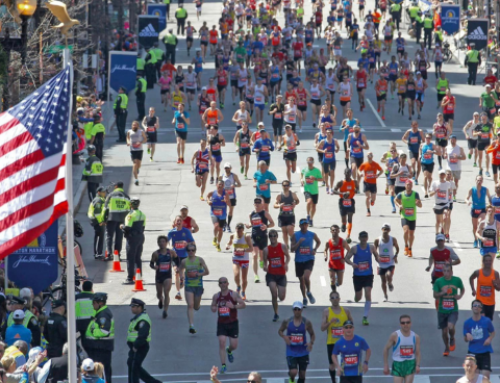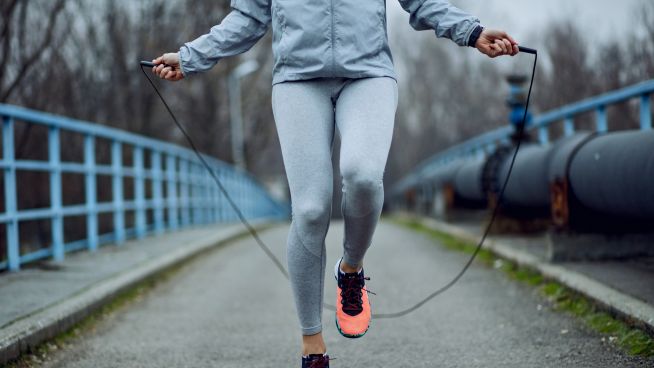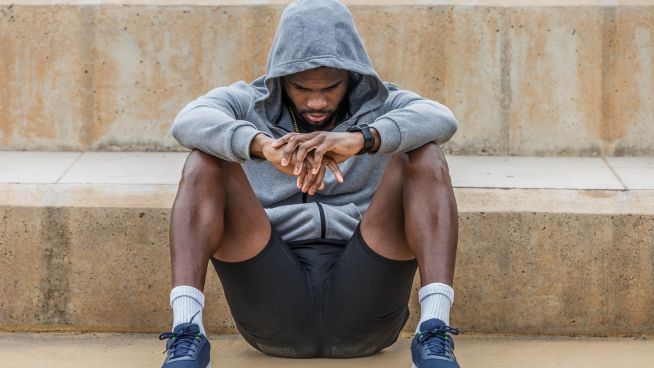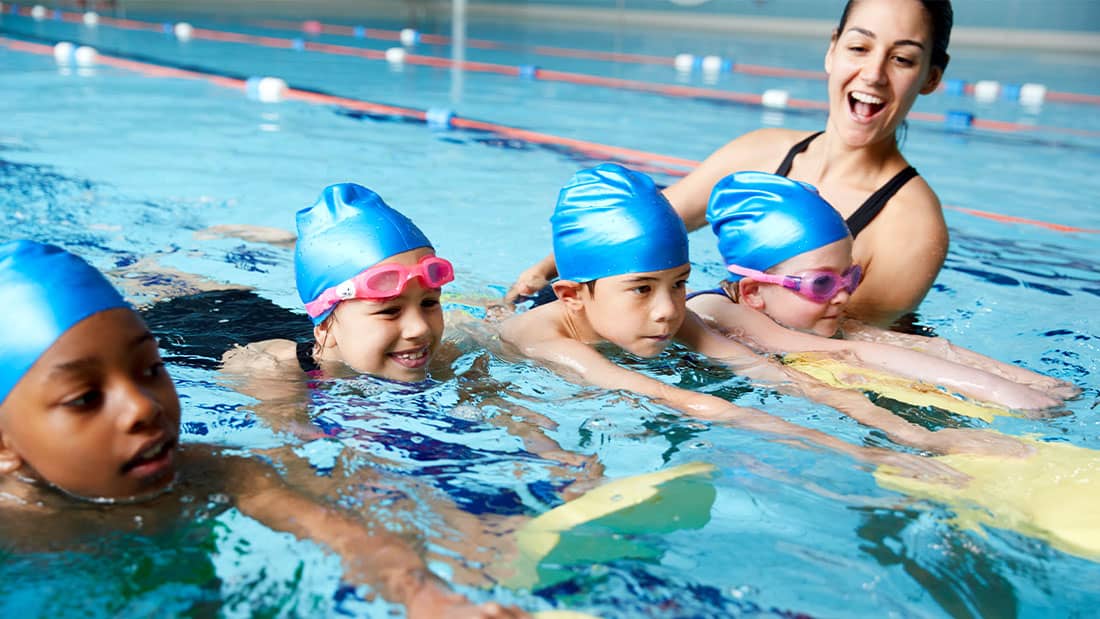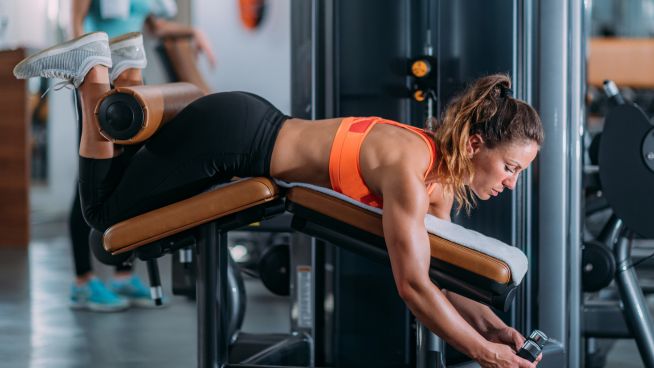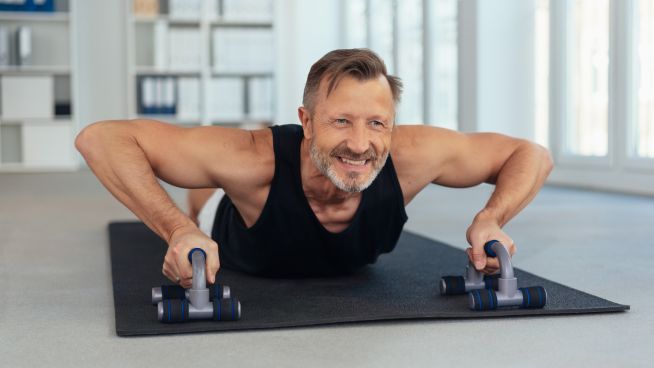Hamstring Training for High School Soccer Players
Hamstring injuries account for approximately 17% of all injuries in soccer (1). They mainly occur during change of direction movements, when accelerating to top speed, and overstretched (1). They are more likely to occur at the end of each half when the players are fatigued. I coach several professional soccer players in the UK. To reduce the chance of them suffering from hamstring injuries, I use three main training methods:
- Moving in different planes at different speeds when warming up (preparing for a change of direction).
- Running at top speed: the hamstrings work differently in sprinting than jogging and fast running. Hamstring injuries rarely occur when jogging.
- Hinging exercises in the gym: the hamstrings cover both the knee and hip joints, and exercises in the gym that replicate a hinge action help strengthen them.
High School Soccer Player Hamstring A Groin Training
Details On Three Training Methods
There are three hamstring muscles, and they all work slightly differently. No one exercise will strengthen or prepare all three muscles for the different roles in a soccer match. I use various exercises that challenge the hamstrings in training to prepare them for the rigors of the soccer match.
The Warm-Up
I use multi-directional lunges with different arm movements to strengthen and lengthen the hamstring and groin muscles before starting sprinting drills. The hamstrings help control the knee during a change of direction. Adding different reaching and leaning movements to the lunges increases the difficulty of the balance and braking action in the lunge. The hamstrings then have to work harder and smarter to prevent the player from falling over or wobbling. As the player becomes more competent, the movement speed can increase, and more complex patterns linked together. We spend 2-3 minutes doing this before anything else.
Lunge n weep
Happy Hips and Hamstrings
Top-speed running
The hamstrings are likely to get injured when fatigued and when used at top speed. Therefore we need to run slightly longer and faster than what usually occurs in a match. If we look at average speeds and average distances and train for those, then the body is unprepared for the outlying top speed runs that happen once or twice in a match: and that is when the hamstrings will be taxed most.
I include one or two 60 meter maximal speed efforts every week during the season, but only after the players have prepared in the preseason by gradually increasing the distance of the sprint. They are unaccustomed to longer recovery periods, and so we do some light ball skills for 2-3 minutes in between the runs. As one player said to me when we moved from 50m -60m sprints, ‘My legs definitely felt like they were in alien territory.’
Time must be taken and a clear explanation given to the players to understand the need for max speed and max recovery. They are very good at doing repeated runs with minimal rest to improve their fitness and shorten the recovery!
Top speed running is not something where ‘if 1 is good, 10 must be better’ Care must be taken only to run fast when warm and fresh, not the morning after an evening match if the hamstrings are still fatigued.
Hinging Exercises In The Gym
These can be done with dumbbells, medicine balls, or barbells. This is not a maximal strength exercise; instead, lighter weights moving faster and with control are more suitable for the soccer player. If you do too much strength work with too heavy a load, you are at risk of fatiguing the hamstrings to the point where they can not cope with playing soccer.
Remember that our objective is to help the player perform on the pitch rather than win a competition in the gym.
Progressions
1. Unloaded hip hinge against the wall: get the players to feel like they are shutting a car door with their backsides. The wall gives them an endpoint for the exercise. The knees should be slightly bent.
2. Single leg hip hinge, as above but with one foot placed on the wall. This isn’t easy.
3. Two-legged hip hinge with a small load: medicine ball, dumbbells (held with straight arms that stay close to the legs), and maybe a light barbell.
4. One-legged- as above (video here: Single leg hip hinge
5. Freestanding single-leg hip hinge with the free leg moving from rear to front as the hip hinges (shown in the highlight video). Unloaded to start or with a broomstick and then add a small load. This exercise requires good balance and control, and the emphasis is on the speed of movement rather than how much weight can be lifted.
Summary
These are the three principles that I have used over the last 10 years, modifying according to the age and stage of the player. At all times, I am conscious of balancing what I do with the work that the player does on the pitch. Too much hamstring training can lead to injury as well as too little. ‘Little and often is the best mantra for the players that I have found.
Reference: CC BY-NC-ND 4.0 · Joints 2019; 07(03): 115-126
DOI: 10.1055/s-0040-1712113
Read More:
RECOMMENDED FOR YOU
MOST POPULAR
Hamstring Training for High School Soccer Players
Hamstring injuries account for approximately 17% of all injuries in soccer (1). They mainly occur during change of direction movements, when accelerating to top speed, and overstretched (1). They are more likely to occur at the end of each half when the players are fatigued. I coach several professional soccer players in the UK. To reduce the chance of them suffering from hamstring injuries, I use three main training methods:
- Moving in different planes at different speeds when warming up (preparing for a change of direction).
- Running at top speed: the hamstrings work differently in sprinting than jogging and fast running. Hamstring injuries rarely occur when jogging.
- Hinging exercises in the gym: the hamstrings cover both the knee and hip joints, and exercises in the gym that replicate a hinge action help strengthen them.
High School Soccer Player Hamstring A Groin Training
Details On Three Training Methods
There are three hamstring muscles, and they all work slightly differently. No one exercise will strengthen or prepare all three muscles for the different roles in a soccer match. I use various exercises that challenge the hamstrings in training to prepare them for the rigors of the soccer match.
The Warm-Up
I use multi-directional lunges with different arm movements to strengthen and lengthen the hamstring and groin muscles before starting sprinting drills. The hamstrings help control the knee during a change of direction. Adding different reaching and leaning movements to the lunges increases the difficulty of the balance and braking action in the lunge. The hamstrings then have to work harder and smarter to prevent the player from falling over or wobbling. As the player becomes more competent, the movement speed can increase, and more complex patterns linked together. We spend 2-3 minutes doing this before anything else.
Lunge n weep
Happy Hips and Hamstrings
Top-speed running
The hamstrings are likely to get injured when fatigued and when used at top speed. Therefore we need to run slightly longer and faster than what usually occurs in a match. If we look at average speeds and average distances and train for those, then the body is unprepared for the outlying top speed runs that happen once or twice in a match: and that is when the hamstrings will be taxed most.
I include one or two 60 meter maximal speed efforts every week during the season, but only after the players have prepared in the preseason by gradually increasing the distance of the sprint. They are unaccustomed to longer recovery periods, and so we do some light ball skills for 2-3 minutes in between the runs. As one player said to me when we moved from 50m -60m sprints, ‘My legs definitely felt like they were in alien territory.’
Time must be taken and a clear explanation given to the players to understand the need for max speed and max recovery. They are very good at doing repeated runs with minimal rest to improve their fitness and shorten the recovery!
Top speed running is not something where ‘if 1 is good, 10 must be better’ Care must be taken only to run fast when warm and fresh, not the morning after an evening match if the hamstrings are still fatigued.
Hinging Exercises In The Gym
These can be done with dumbbells, medicine balls, or barbells. This is not a maximal strength exercise; instead, lighter weights moving faster and with control are more suitable for the soccer player. If you do too much strength work with too heavy a load, you are at risk of fatiguing the hamstrings to the point where they can not cope with playing soccer.
Remember that our objective is to help the player perform on the pitch rather than win a competition in the gym.
Progressions
1. Unloaded hip hinge against the wall: get the players to feel like they are shutting a car door with their backsides. The wall gives them an endpoint for the exercise. The knees should be slightly bent.
2. Single leg hip hinge, as above but with one foot placed on the wall. This isn’t easy.
3. Two-legged hip hinge with a small load: medicine ball, dumbbells (held with straight arms that stay close to the legs), and maybe a light barbell.
4. One-legged- as above (video here: Single leg hip hinge
5. Freestanding single-leg hip hinge with the free leg moving from rear to front as the hip hinges (shown in the highlight video). Unloaded to start or with a broomstick and then add a small load. This exercise requires good balance and control, and the emphasis is on the speed of movement rather than how much weight can be lifted.
Summary
These are the three principles that I have used over the last 10 years, modifying according to the age and stage of the player. At all times, I am conscious of balancing what I do with the work that the player does on the pitch. Too much hamstring training can lead to injury as well as too little. ‘Little and often is the best mantra for the players that I have found.
Reference: CC BY-NC-ND 4.0 · Joints 2019; 07(03): 115-126
DOI: 10.1055/s-0040-1712113
Read More:

